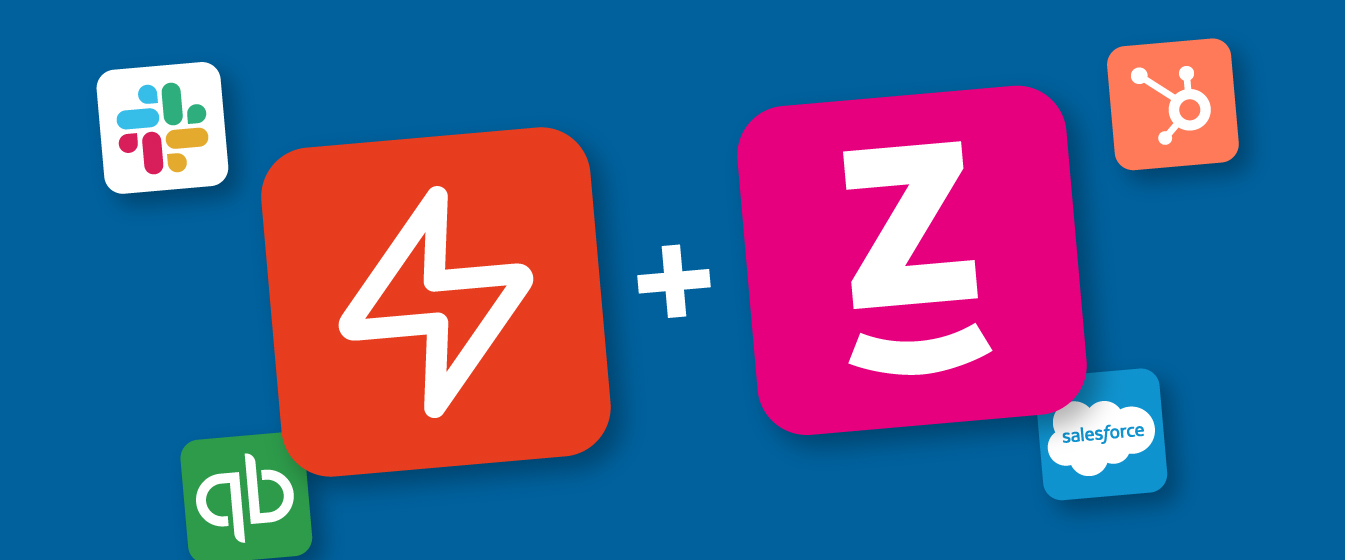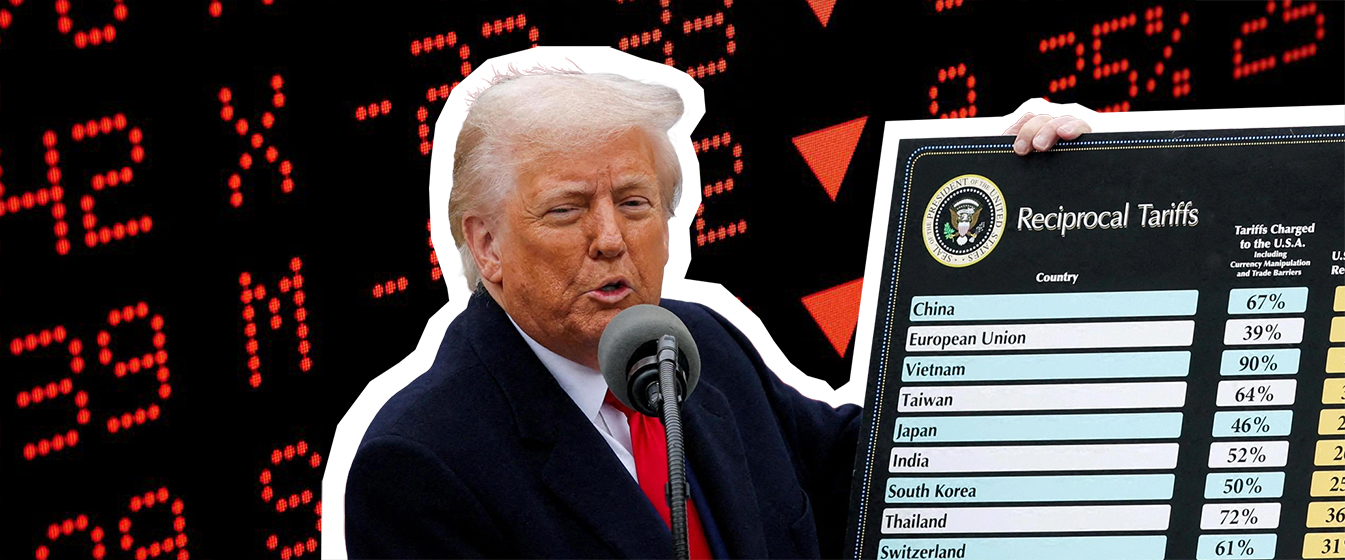Blog: Event design
Gamification. Why you probably shouldn’t.
4 April 2022 minute read

The internet is awash with articles and blog posts telling you why you should use gamification to improve attendee engagement at your events. So I thought it might be worth writing one about why you shouldn’t.
What’s gamification?
First things first. In case you’re one of the few people on Earth who still hasn’t read one of those articles, and you’re still wondering exactly what gamification is, according to EngagementAlliance.org it is ‘the process of using game mechanics and game thinking in non-gaming contexts to engage users and to solve problems’.
You know the kind of thing. We’re talking about leaderboards, collecting badges, scoring points for the most interactions with exhibitors, the most new connections made, the most questions asked, and so on and so forth.
Before we go any further, I should be clear that I am talking here about gamification techniques at business conferences and meetings. Not purely social gatherings.
If you’re organising a stag weekend or a school reunion, anything goes (providing it’s legal). I’m not averse to a game of Monopoly after lunch on Christmas Day, providing I win.
No. My concern is with attempts to use gamification to liven up events that people go to for work purposes.

Why I’m not a fan
So, full disclosure: Personally, I find gamification techniques (at best) a distraction and (at worst) irritating and patronising.
This is because I’m an adult and I go to events:
- to meet people (not all people, but people whom I think could be potential customers, collaborators or just interesting in terms of what and who they know), and;
- to learn things (again, just the things that are of potential value to me, my career, my company).
And these are the only reasons I go. I don’t need these events to be fun. I need them to be efficient. If some speakers are amusing, great. If there’s an entertaining party, fantastic. But I’m there to network and to learn.
I therefore don’t engage with, or even really pay any attention to any leaderboards, badges or other competition mechanics at events I attend.
I know that these techniques have been deployed by the organiser for well-meaning reasons – in order to get people to participate and contribute. But they don’t motivate me. I tend to agree with eLearning expert Guy Boulet when he argues that gamification is simply ‘bells and whistles.’ For me, it’s another app-enabled feature searching for a use case.
But what about other people?
To be fair, I am the very definition of a grumpy old man, so I thought I should probably find out what other people thought of gamification at a personal level.
To this end, I set up a quick straw poll among my contacts. Nothing scientific. The question was simple:
I’m writing a blog post on gamification at conferences and events. Please let me know if you like it or not.
The answers came back as follows:
| 38% | Yes. I find it motivating |
| 44% | No. I find it annoying |
| 18% | Don’t know |
Now, I found the results pretty surprising, in that they were much more evenly split between those who find gamification techniques motivational and those who find them irritating. I thought more people would agree with me. But then I always do.
Still, on the basis of this very small poll (60 or so people) it seems to me that gamification is actually a pretty high-risk technique to deploy since it appears to divide opinion so much.
But it was the comments around the poll that were more enlightening and provide some insights into how people actually see gamification at conferences.
Maggie said ‘I hate gamification. I feel like I am being manipulated’.
Steven said ‘I find it faddish. I am all for engagement but I find that gamification often trivialises’.
Mark said ‘I don’t have an issue with gamification when it’s well done. The problem is, it’s almost never well done’.
What (I wondered) would well done gamification look like?
Sarah said, ‘If it’s done intelligently I have no issue with it. Sometimes you don’t even realise that it’s happening. Other times it’s done poorly and the ‘game’ part of it becomes the sole focus, with some people running around like kids collecting the tokens or whatever, and other people giving them disparaging looks’.
Jess agreed, ‘Done well and unobtrusively – love it. Contrived and adding no value – bleurgh!’
Extrinsic vs intrinsic
My principal objection to gamification strategies at events is that the kind of competition they aim to stimulate is an extrinsic motivator because it encourages the participant to win and to beat others – not simply to enjoy the intrinsic rewards of the activity itself (ie the content and the connections you make).
Central to any gamification tactic is some form of prize. Attendees earn points or accomplish tasks, and at the end, the participants with the most points win some swag, a weekend in Hawaii, or a free ticket to next year’s event, (depending on your budget).
I would argue that, the last thing you want at your conference or corporate meeting is for people to be focused on some abstract notion of ‘winning.’ Attendees did not come to your conference to win a prize. They came to learn and to network. Anything that detracts from those two sacred objectives is, frankly, not helpful
From experience, I find that gamification is most often deployed in a bid to motivate attendees to visit the booths of exhibitors or sponsors. While there is ample opportunity for collecting leads, the quality of these leads is dubious. Attendees who are just trying to rack up more points or earn a prize aren’t necessarily going to be interested in what a sponsor has to offer.
Humans are basically wired to follow the path of least resistance. If it’s possible to gain the reward without fully engaging in the content, guess what! That’s what lots of us are going to do. So you risk incentivising attendees to show up to sessions they have little or no interest in, just to collect another badge. Or visiting the booth of a sponsor they have no realistic intention of ever buying from, just to climb up that leaderboard.
Who benefits from this behaviour?
Well, not your attendees (with the arguable single exception of the person who wins the iPad). For the rest, it’s a largely meaningless distraction. A box ticking exercise.
And it’s certainly not your sponsors or exhibitors. Sure, they might have talked to lots of people and collected lots of leads, but if those people only handed over their details because they were trying to win some game, they’re worse than useless. They’re literally time-wasters.
And you, as the event organiser, don’t really benefit either. Maybe you can pepper your exhibitor prospectus with impressive stats about how many interactions the average exhibitor had. But if this year’s clients don’t re-book because they wasted a couple of days talking to tyre-kickers, trying to collect badges on an app? Good luck.
Surely a more effective approach would be to focus on participants’ intrinsic motivation – their desire to seek out new things and new challenges. And for this, you need to look within – at who your attendees are, how your meeting is designed and executed, and how these two factors are aligned.
Tinkering instead of solving real problems?
I worry that too often, gamification is used in a desperate attempt to engage people into doing something they really don’t want to be doing in the first place. If not enough people are participating in the sessions, why? Maybe you need a different format? Different speakers? A more clearly defined topic?
And if not enough attendees are interacting with your exhibitors and sponsors, think about why that could be. Are these companies aligned properly with your agenda and your attendees? Is the event layout optimal? Have you built in enough time and the right space for meaningful social interactions?
But if you still want to go ahead and incorporate gamification techniques into your events, then here are some recommendations.
- Think again! Are you really sure this is the best way to motivate your people. Couldn’t you do something else to tap into attendees’ intrinsic motivation?
- Find out from your crowd if this is something they would enjoy.
- Even if you get a majority positive response, don’t ignore those who don’t want it. Think as much about them; turning them off isn’t going to help. If gamification is meant to be fun, know that you can’t force fun!
- Gamification should be a personal choice so offer the option to take part or not; people are probably more likely to try it out if they are not forced to participate.
- Finally, design it well! Ensure the gamification techniques are unobtrusive and subtle; not overt and patronising.
After all, the last thing you want is for your attendees and stakeholders to think they are being played.



